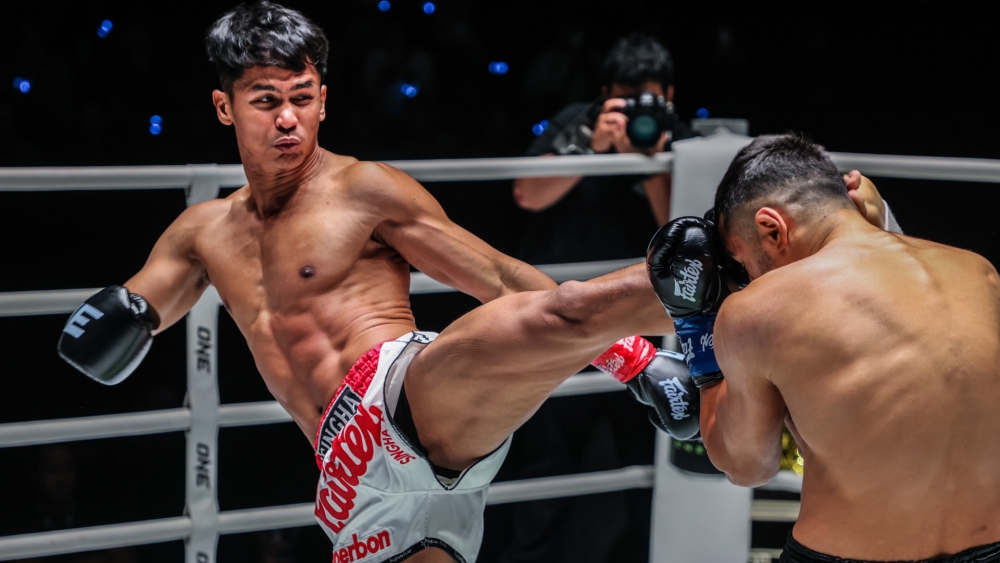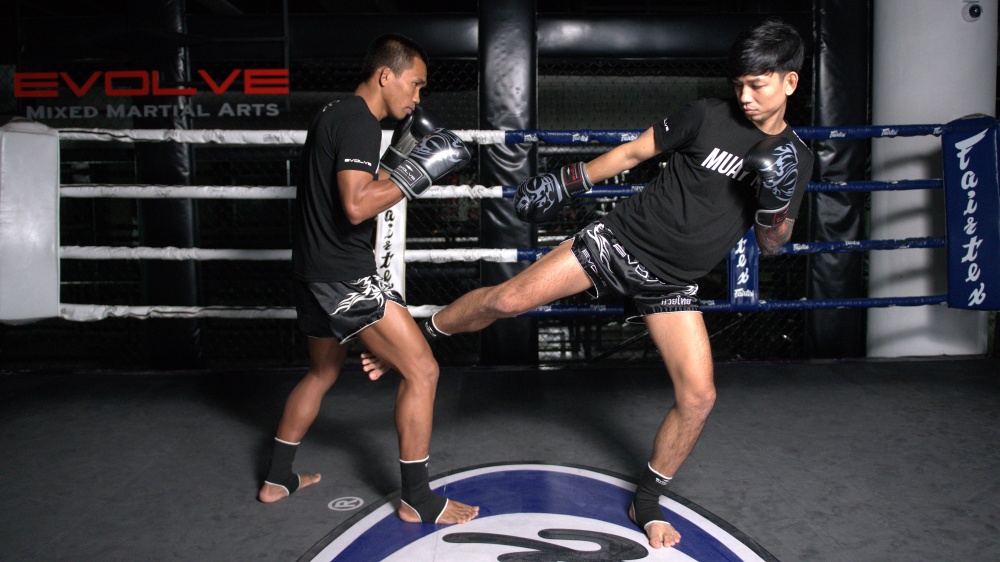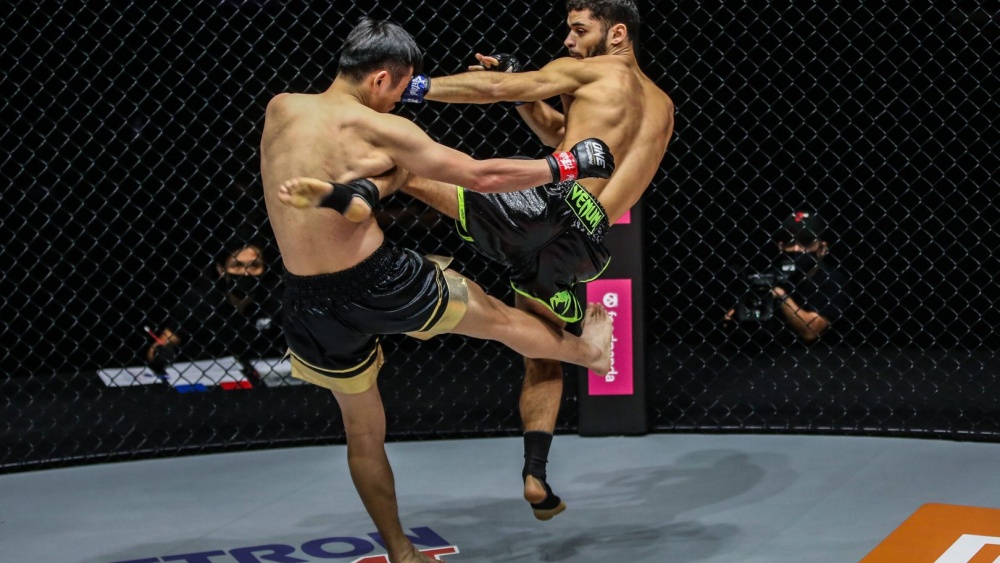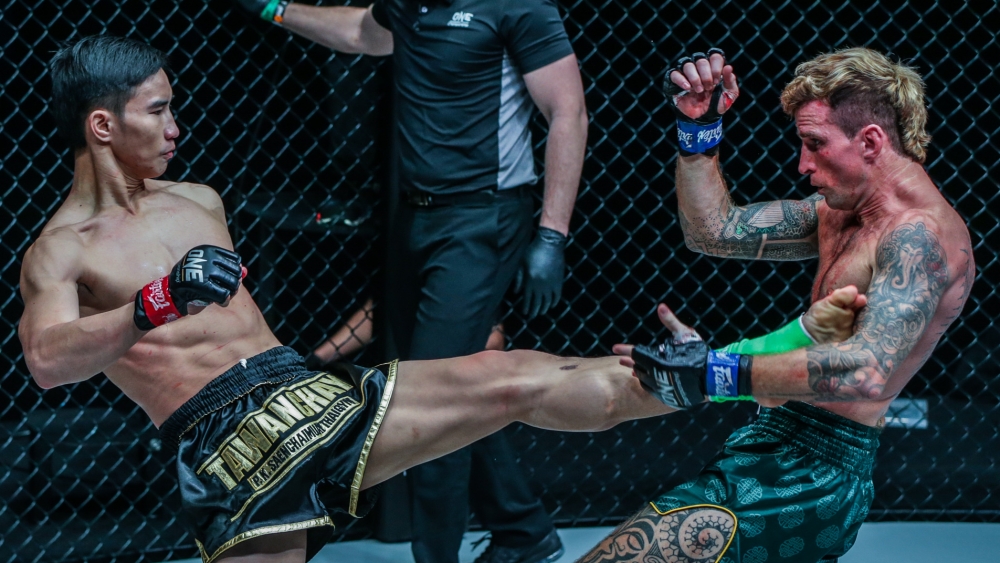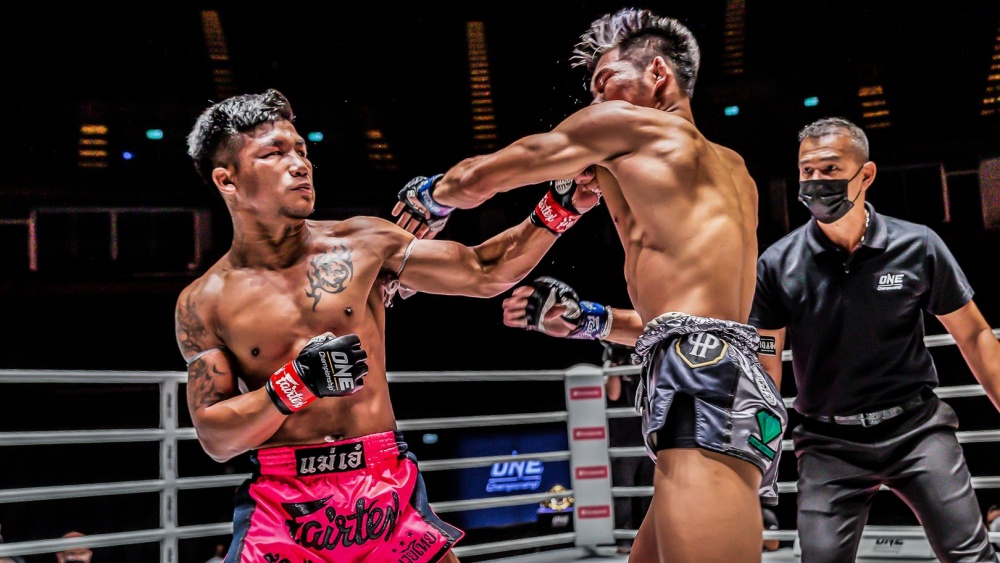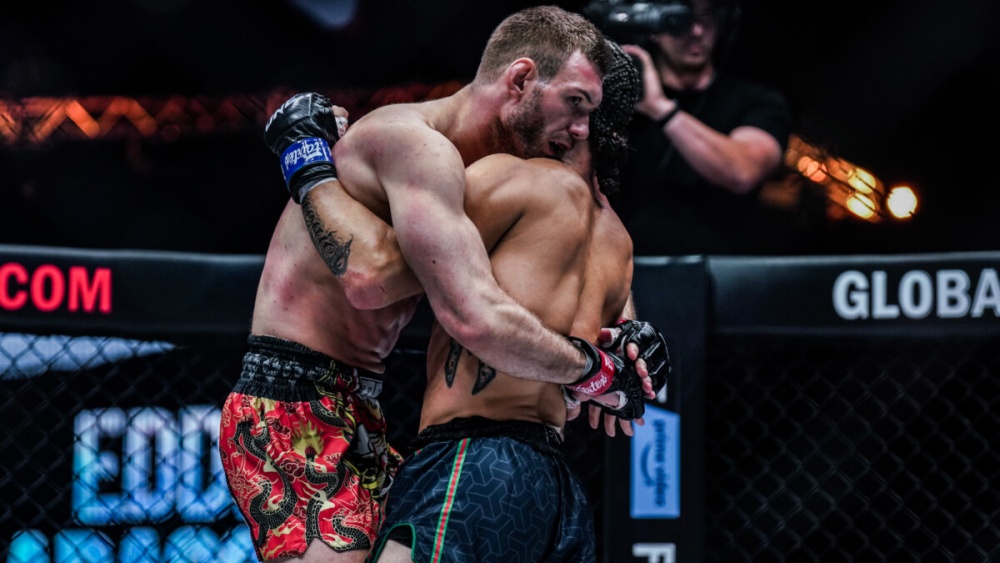In Muay Thai, you need to have power in your kicks and knees if you want to dominate in the ring. Unlike other striking sports where the volume of shots landed plays a major role in judging the contest outcome, Muay Thai is scored predominantly on effect. That is, your techniques need to inflict damage on your opponent if you want them to count.
With power and damage being such important factors in the ring, it’s only natural that fighters around the world have added strength and conditioning sessions to their weekly training regime to get that competitive edge. Unfortunately, with so many exercises to choose from and a plethora of personal trainers giving contradictory recommendations, it can be hard to tell what movements will hinder or improve your kicking game.
Luckily for us, many of the sport’s top champions have already enlisted the help of specialist coaches who can prescribe exercises that are specific to Muay Thai. We tracked down one of the best in the business, Nat Robinson, and asked him for some advice on the subject. Nat’s worked with some of the most successful Nak Muays in modern Muay Thai, including several world champions such as Jordan Watson, Josh Hill, Dan McGowan, and Bad Company’s own Liam ‘The Hitman’ Harrison. So, there is no one better to give you advice on this subject.
We’ve already introduced Nat and his philosophy towards strength and conditioning for Muay Thai athletes in our article, “The 4 Best Upper Body Exercises For Muay Thai,” (and if you’re looking to build clinch strength and develop knockout punches then we suggest giving it a look) but, in this article we’re going to shift focus towards the lower body and list Nat’s top 3 exercises for developing serious power through your kicks and knees.
So, without further ado, let’s look at the 3 best exercises you can use to take your Muay Thai game to the next level.
1) Zercher Squats
“In my playbook, the Zercher Squat takes center stage,” Nat says early in our interview. “The Zercher Squat isn’t just about showcasing strength; it’s about building the foundation for power, especially in those close-quarter clinches. Leg and core strength become the driving force, the very essence of unleashing explosive shots that define a champion’s performance.”
While the back squat is great for generating leg strength, the Zercher variation is definitely king when it comes to building a body for Muay Thai. Not only does it work your legs, building the muscle you need for powerful kicks and knees, but the forward position of the bar forces all of the muscles in your core to engage in every lift. If you’re not careful the weight will pull you over and after just a few reps it’s easy to imagine that you are locked into a clinch battle with your opponent fighting tooth and nail to pull you off balance.
Likewise, cradling the bar in your arms forces your shoulders, biceps, and the muscles of your back to engage just as they would if you have your opponent clinched up in a top lock. With all of this in mind, it’s easy to see why Nat describes the Zercher as “not just an exercise—it’s a performance enhancer designed specifically for the arena.”
2) Sumo Deadlifts
The sumo deadlift is a variation of the classic posterior chain-building exercise that perfectly translates to Muay Thai performance. While there is nothing wrong with the tried and tested classic for developing your hamstrings, glutes, and lower back, Nat suggests this movement because of the lateral displacement it forces on your hips. Doing these reps to a full range of motion opens your hips, increasing your range of motion and mobility which directly translates into better technique for your roundhouse kick and a more efficient power transition as you rotate through your opponent.
Now, having the strongest kick in Muay Thai is wasted if it’s so slow that anybody can see it coming a mile away. You need to marry speed to power in those kicks if you want to deliver them with bone-crushing power.
This brings us to another reason that Nat suggests the Sumo Deadlift for Muay Thai strength and conditioning. You can modify the movement for ‘accommodation resistance training.’ A style of weight-lifting that simply means adding bands or chains to the movement and focusing on explosive reps as a way of generating speed. So, if your opponents have moved well out of range by the time you’ve got your shin above your waist, then try adding bands to this exercise and explode through every rep.
3) Box Jumps
On the subject of speed and the pursuit of developing explosive power through your kicks and knees, you can’t underestimate the classic box jump. This ballistic movement is foundational for building speed and enhancing power through your lower body.
Box jumps are also extremely versatile. If you are new to the movement, you can simply lower the height of your jump to anything as small as the height of a single barbell plate. If you are an explosive dynamo who can already jump knee right through your opponent’s head, then you can raise the difficulty by adjusting the height of your box or stacking plates on top of it.
Box jumps are also great for athletes with sore knees, hips, and ankles as the use of bodyweight coupled with the extensive range of ‘soft’ boxes available in most gyms allows you to maximize your speed training without suffering the constant heavy impact on your aching joints.
In Summary
While there is no shortage of lower body exercises available for Muay Thai athletes and strength coaches willing to prescribe them, it’s best to work with experienced coaches who can offer sport-specific conditioning programs. If you want to maximize the speed and power of your kicks, Nat Robinson’s top 3 exercises are a great place to start. Incorporating the Zercher Squat, Sumo Deadlifts, and Box Jumps into your weekly training regime will not only make you stronger, faster, and more flexible, but they will do so in a way that maximizes your effectiveness in the ring.
You may also like:
